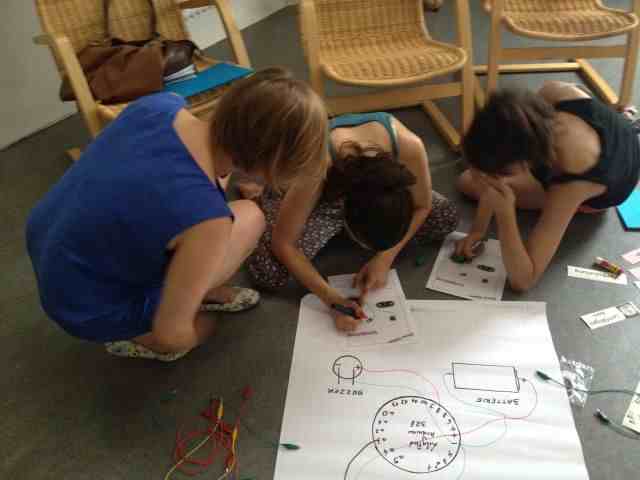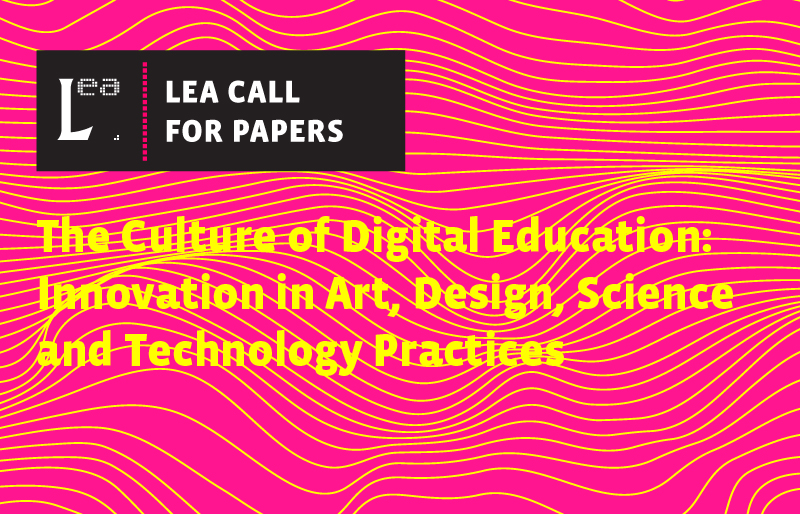Symposium “Mapping and evaluating research on Young people as Visual Culture Producers”

The 1st International Symposium ” mor thN img cnsmrs: Mapping and evaluating research on Young people as Visual Culture Producers “ will take place in
Iruña-Pamplona over 22 – 23 November – 2013. It is Organized by the EDARTE (UPNA/NUP) Research Group (Dr. Imanol Aguirre) at the Departament of Psychology and Pedagogy at the Public University of Navarra funded by the Ministry of Science and Innovation – Government of Spain.
ABOUT THE SYMPOSIUM
The research group of the Public University of Navarre, EDARTE, announces the first International Symposium “mor thN img cnsmrs. Mapping and evaluating research on Visual Culture youth producers” which will take place in Pamplona on November 22-23, 2013.
Since 2010, EDARTE is developing the research project “Young People as Visual Culture Producers: Artistic Skills and Knowledge in Secondary Education” (EDU 2009-13712). Now, in the final stage of this study, we’ve considered necessary to organize a scientific encounter to share the results of our investigation with other international research groups that have worked on this field of study.
This meeting pursues a triple objective: First, to disseminate different studies on youth as visual culture producers that have been developed in the last five years in different parts of the world. Second, to enable the creation of a map of this area of study that will contribute to structure the field of research with other experts. Finally, to evaluate our own research project, its goals, its methods and results, comparing them with those obtained by the participant groups in their researches.
As we have explained, this is a meeting of invited experts, not open to paper submissions from other researchers. However, the participation of those people who want to join us in the symposium will be welcomed, especially in the debates that will take place after each of the presentations.
The debates will focus on the following questions:
Ethical and academic concerns in the research of/with the youth as VC producers.
Media education and the VC production of the youth.
Art education and VC in relation with the production of young people.
Museums as out-school settings in relation with the VC production of the youth.
Youth digital production and VC.
Skills/knowledges/saviors of young people.
School learning/researching experiences in relation with the production of VC
INVITED SPEAKERS
The studies to be presented in the talks have been selected for their scientific rigor and its relevance to the fields of education, arts, youth, or information technologies.
ponentes
PROGRAMME
VIERNES 22
09.15 – 09.30: Arrival.
09.30 – 09.40: Opening.
09.40 – 10.55: Conference: Kerry Freedman “Art Outside of School: Youth Visual Culture Learning Communities”
10.55 – 11:15: Coffee Break.
11:15 – 12.30: Conference: EDARTE “Saberes y lugares de la producción de cultura visual de los jóvenes”
12.30 -13.45: Conference: Crystle Martin “Fantasy Wrestling: Youth Digital Production and Visual Culture in a Competitive Fandom and Connected Learning Environment”
13.45 – 15.45: Lunch Break.
15.45 – 17.00: Conference: Daniela Reimann “Digital media in creative processes with young people in vocational preparation measures”
17.00 – 17.15: Coffee Break
17.15 – 18.30: Conference: Alfred Porres “9nubes. Nueve anotaciones flotantes en torno a la investigación con jóvenes como productores de cultura visual en contextos educativos”
SÁBADO 23
09.45 – 11.00: Conference: Vitus Vestergaard “Playing with the Camera – Creating with Each Other: Video Production and Collaborative Emergence in a Museum Setting”
11.00 – 11.20: Coffee Break.
11.20 – 12.35: Conference: Rachel Fender “Visual culture as living inquiry: looking at how young people reflect on, share and narrate their learning practices in and outside school”
12.35 – 13.50: Conference: Julian Sefton-Green “Critical synthesis of the different perspectives around media production, digital culture, youth participation and visual culture”
13.50 – 14.00: Closing and lunch time.
LANGUAGES
English will be the official language of the symposium. Bilingual simultaneous interpreting (English-Spanish-English) will be facilitated during the talks.
VENUE
Museum of Navarre (more info): Address: C/ Santo Domingo, 47, 31001 Pamplona
ATTENDEE REGISTRATION
Registration is free. Each attendee must register sending an e-mail with his/her name and surname to info [at] edarte [dot] org.
Info via the symposium Website













